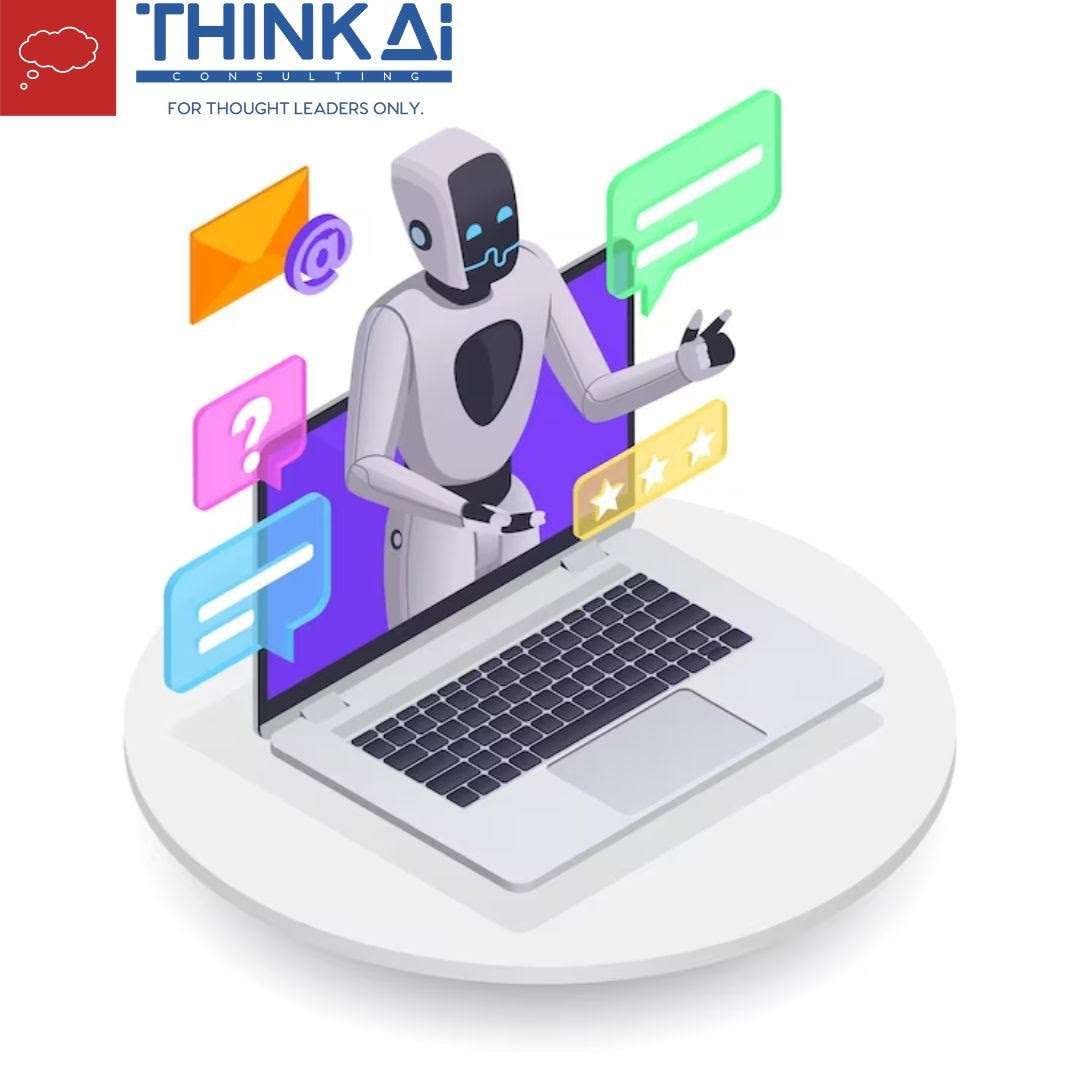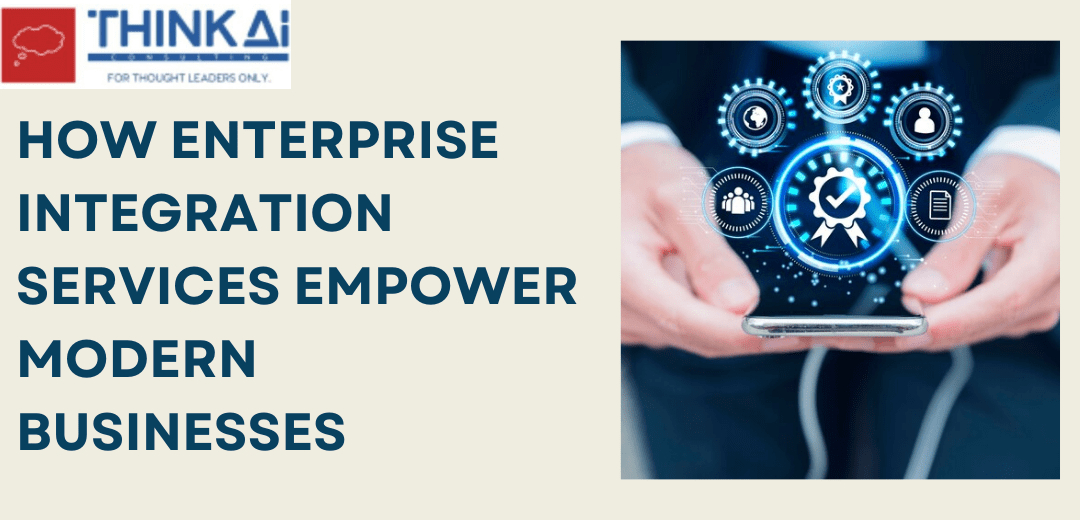What’s happening in the aviation sector? Quite a bit, actually. This year alone, nearly 57 million passengers have traveled domestically. This is a far cry from the drastic decrease during the peak of the COVID outbreak.
This isn’t the only area in aviation that has seen change. Technology has grown a great deal over the years to help both passengers and workers. For example, here are 7 tech innovations that have changed aviation.
1. Web Recruiting
Aerospace staffing agencies have gone beyond posting their offerings through the standard job bulletin boards. Companies like Total Aviation Staffing use online assessments and other testing applications for more exact ideas on the best candidates.
The information from these tools is fed into algorithms that examine millions of data points. The results place a recruit into a position that accurately matches their skill levels. Thus, it eliminates the wait times many candidates suffer.
2. Biometrics
Biometrics have gone beyond granting access to authorized spaces. It’s now used as a secure way to enhance many processes for airline passengers. With either a fingerprint, retina scan, or facial recognition, consumers get through many areas much faster.
Case in point, Delta airlines introduced a self-service baggage drop that uses biometric identification. Pilot programs have been tested in the past that utilize fingerprints and facial recognition in the security process. The goal is to minimize the wait passengers encounter.
3. Blockchain
Many people connect blockchain to the cryptocurrency market. However, this technology is useful for many more things. Especially when it comes to the protection of personally identifiable information (PII) for both employees and customers.
Aviation companies have built a robust security infrastructure around blockchain’s encryption abilities. In doing so, they’ve eliminated the need for proof of physical IDs to retrieve data.
Yet, blockchain is more than a security tool. As it does with cryptocurrency, it helps to tokenize the frequent flier process. The days of one or two dedicated locations where passengers earn miles are disappearing. Instead, fliers have opportunities to accrue points through affiliates connected to the aviation company’s protected database.
4. Artificial Intelligence
Artificial Intelligence (AI) is no longer the future. It’s regularly used in various industries, including aviation. For instance, some airlines apply AI for predictive analytics. In turn, they see possible future outcomes and make necessary contingency plans.
Other companies are instituting AI-based digital assistants within their websites, apps, and airport kiosks. The goal is to streamline a passenger’s travel with answers to the most common questions.
5. Wearable Technology
The aviation industry realizes wearable technology is increasingly used by employees and customers. So, they’ve utilized it to ease some issues. For instance, they apply virtual training tools for crew members and engineers. Others have created apps that store boarding passes and other important information on the Apple Watch.
6. Internet of Things
Eventually, everything will be connected to everything else via the Internet of Things (IoT). Though some believe this is a recipe for disaster, the aviation industry sees its benefits. Several airlines have created in-plane wireless networks not simply to help customers. They have also done it to collect data for future assessment and improvements.
7. Mobile Solutions
The world is moving toward mobile computing. More people use their smartphones and tablets than desktops and laptops. So, the aviation industry has created applications for productivity and customer service.
For instance, thanks to IoT, engineers are alerted to issues with their airplanes through mobile applications. Passengers can receive their boarding passes on their phones or tablets well ahead of their flight time.
Needless to say, the aviation industry will continue to change as technology innovations speed up.








